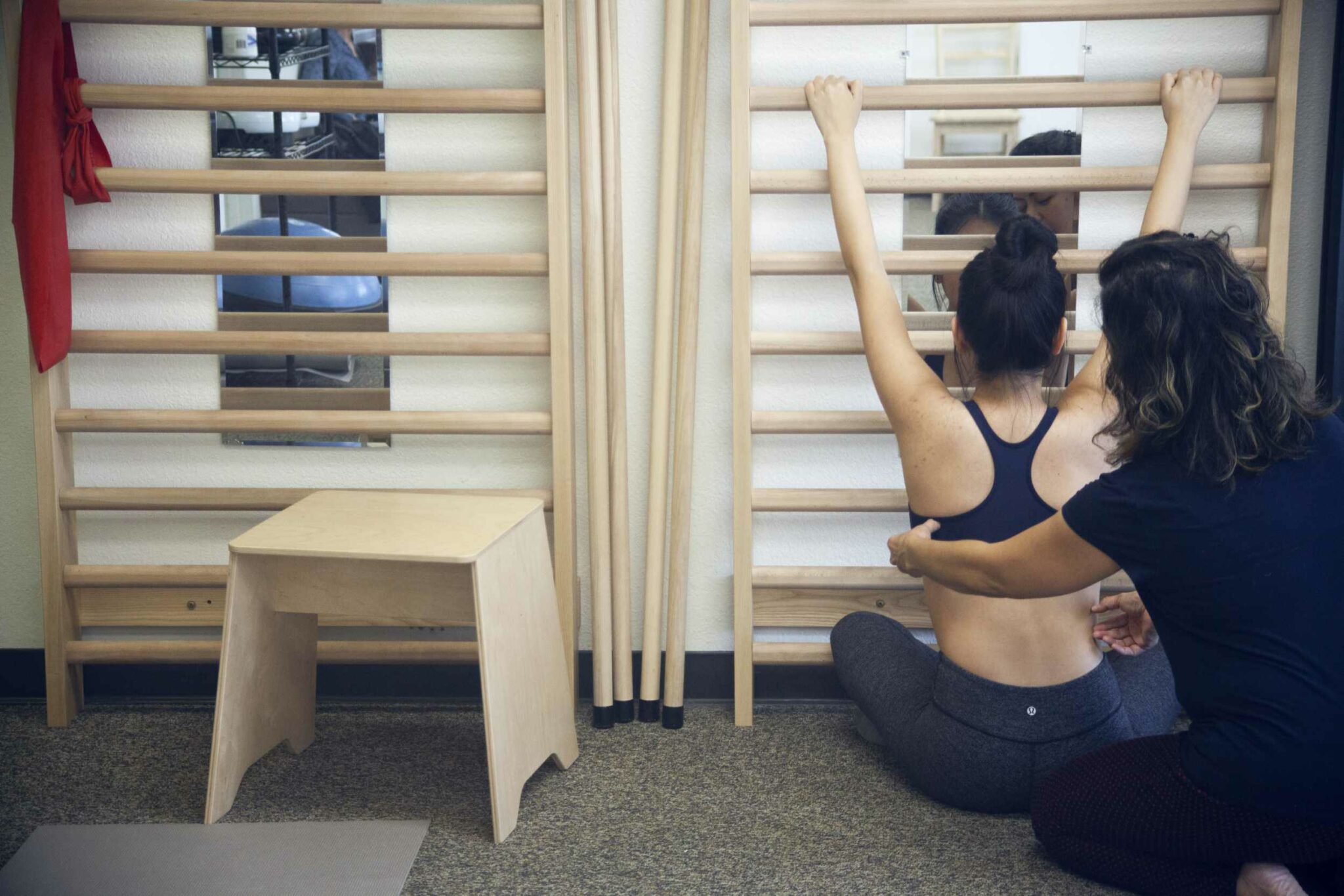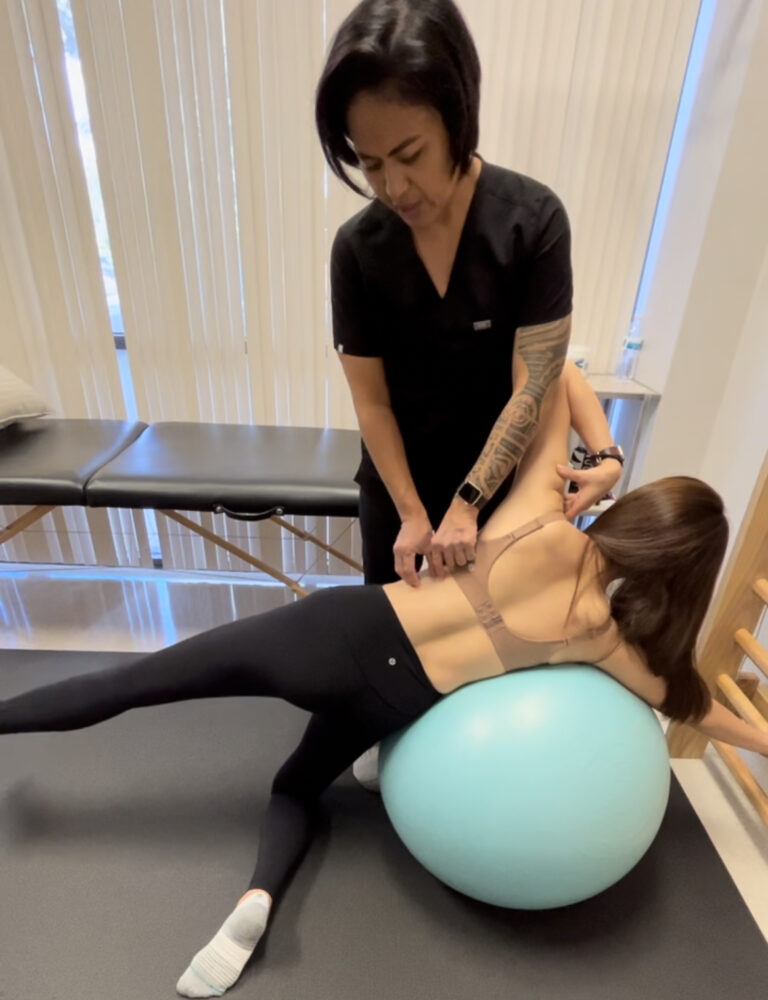Scoliosis, a curvature of the spine, is often associated with adolescence, but its impact doesn’t necessarily end with the teenage years. Adults can experience scoliosis progression, which can be influenced by various factors, leading to increased discomfort and potential health issues.
One key factor contributing to scoliosis progression in adults is the natural aging process. As the spine undergoes degenerative changes over time, the curvature can worsen. The discs between the vertebrae may lose their elasticity, and joints may experience increased wear and tear, all of which can exacerbate scoliotic curves.
Another contributor is the lack of awareness and monitoring. Many adults with scoliosis may not be actively tracking the progression of their condition, assuming that it stabilizes after adolescence. Regular check-ups with healthcare professionals and monitoring changes in posture can help detect any signs of progression early on, enabling timely intervention.
Postural habits and lifestyle factors also play a role. Prolonged periods of sitting or standing with poor posture can contribute to the progression of scoliosis in adults. Engaging in activities that put asymmetrical stress on the spine, such as carrying heavy loads on one side of the body, can also impact the curvature over time.
Muscle imbalances and weakness can further exacerbate scoliosis. Strengthening exercises targeting the core and back muscles can provide support to the spine, potentially slowing down the progression of the curvature. Physical therapy tailored to individual needs such as Schroth can be beneficial in addressing these specific muscle imbalances.
In severe cases, surgical intervention may be considered to correct the curvature and prevent further progression. However, this option is typically reserved for instances where conservative measures prove ineffective or when scoliosis significantly impacts the individual’s quality of life.
In conclusion, scoliosis progression in adults is a multifaceted issue influenced by factors such as aging, lack of monitoring, lifestyle habits, and muscle imbalances. Awareness, early detection, and proactive management through exercise and, if necessary, medical intervention are crucial elements in addressing and mitigating the impact of scoliosis in adulthood.

